A few months back, we did a fairly comprehensive review of STL Tones’ “Tonality” – which now offers a layer of Chris Lord-Alge-ness with a selection of his own “pre-mixed” presets. Though we universally praised both its ease of use and staggeringly solid emulation, a frequent remark was that without more granular tone-tweaks like mic placement and a more robust effect assortment, some might find themselves left wanting. And for those people, they’d be much better served by Tonality’s “big brother”, ToneHub.

WELCOME TO THE PROMISED LAND
STL Tones’ ToneHub (Mac/PC VST/AAX/AU/Standalone $199) takes the same excellent amplifier and cabinet modeling heard with Tonality and literally blows the lid right open. It’s not just a bigger selection of amplifiers and cabinets and effects – it’s accessing ToneHub’s modular “tone engine”, which now offers approaching two dozen-worth of well-known producers and engineers contributing their secret sauce collection of sounds and their sources.
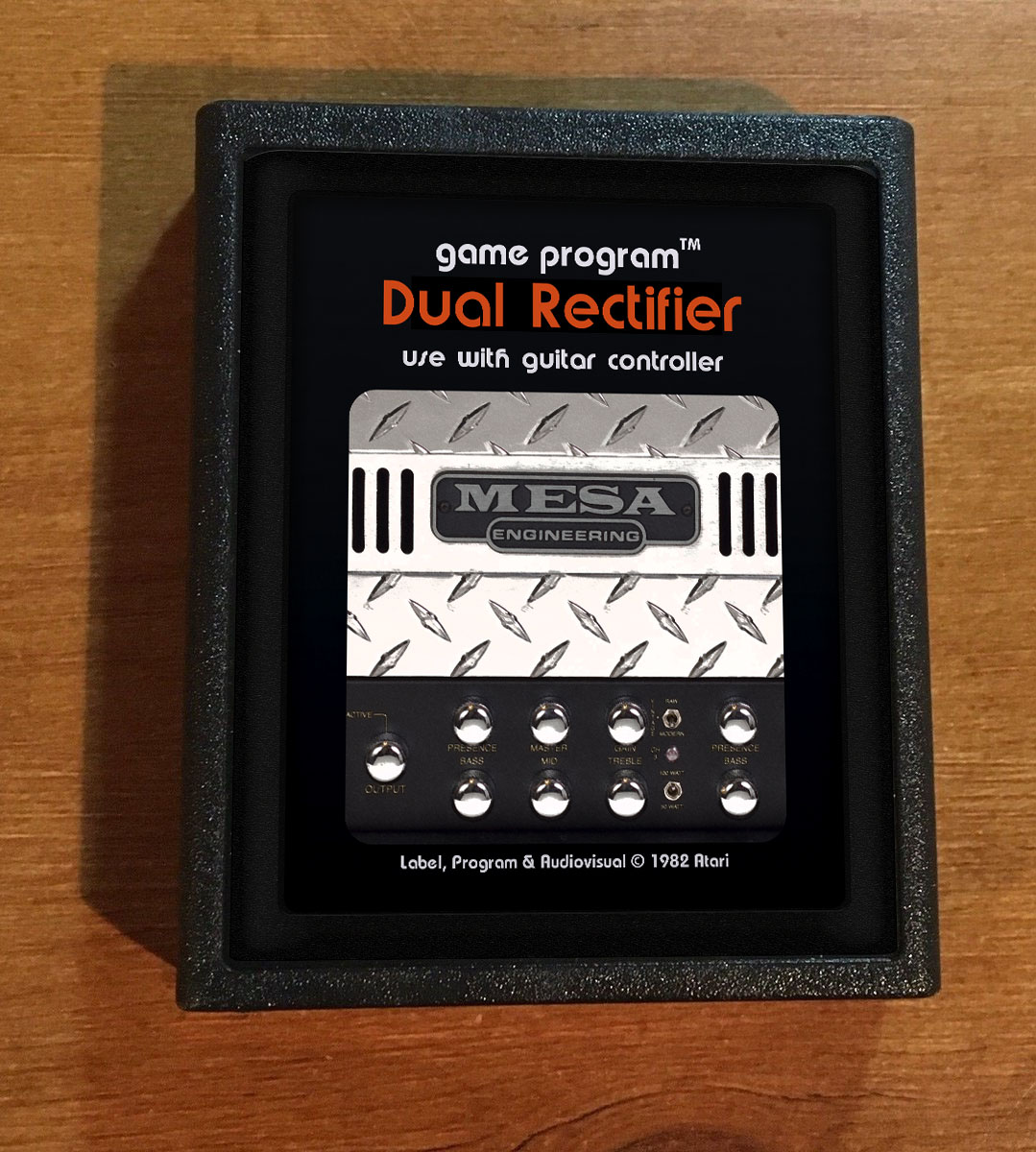
Pardon my middle-age here, but do you remember the Atari 2600? Long before gaming’s current state of hyperreal movements and textures, the Atari was a gargantuan sea change in home entertainment. For the first time ever, you were no longer limited to the game being hardwired to the system, its whopping 4KB of proprietary data was instead affixed to a removable cartridge. The same system could go from Frogger to Space Invaders in a matter of mere seconds (add a few if you had to blow on the card connectors).
Similarly, that’s what’s going on here – STL Tones have a huge (and growing) collection of new amps and cabinets from all corners of the guitar world. Some are specific amplifiers like the timeless Mesa Boogie Dual Rectifier or hallowed Soldano s100 (which has become quite in fashion since the late 80’s), and still others are complete recording chains from engineering and performer luminaries as Will Putney, Andy James and Dan Korneff (we did review the sounds from Howard Benson and CLA in our previous Tonality review).
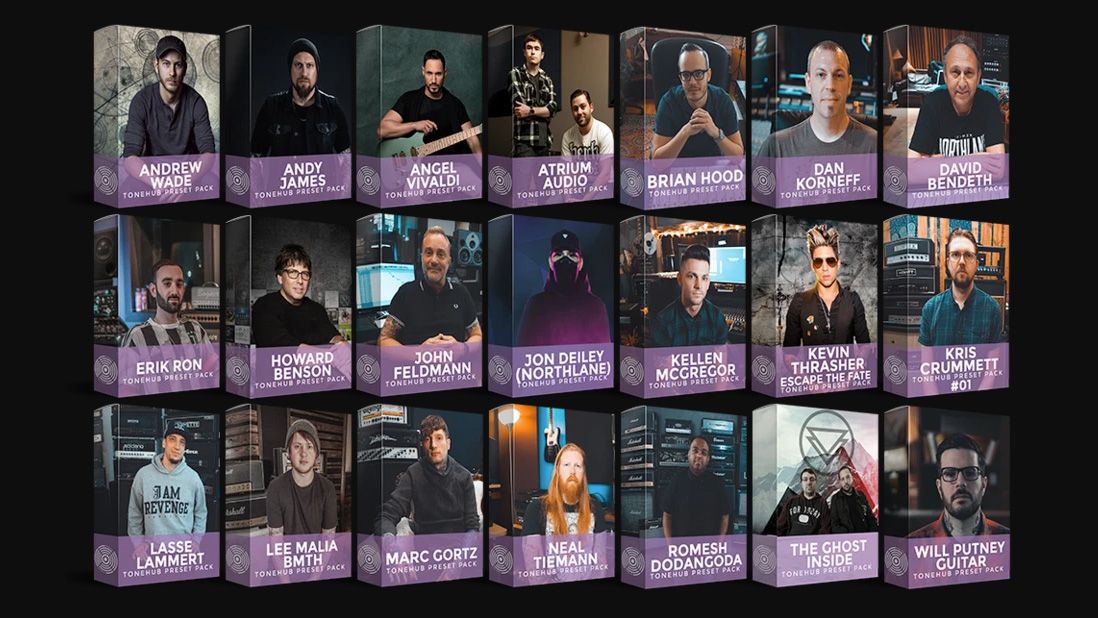
JUST A FEW WORDS MORE ABOUT TONEHUB
I have several guitar amplifiers and a robust collection of amplifier-modeling, ranging from the original anodized red Line 6 Pod Pro to the emulations from Yamaha, IK Multimedia, TwoNotes, Waves and more. And though I like having the variety and ability, ToneHub is the most versatile, the most expandable and (to my cynical old ears) the best sounding of them all.

Is it as fun as plugging into my VHT Pittbull CL, turning it up to 4 (you really can’t go higher than that without being arrested) and letting a drop-C power chord rip? Well, no. The excitement four moving 12″ cones create when you push 100W of power through them is extremely visceral and god-like. And that’s all well and good until you want to capture all those moving molecules with a metal membrane, send the vibrations down a wire and into some sort of recording device. Recording guitar… I mean REALLY getting and recording a killer amp tone can take hours, if not days to do. Oh, and once you move a knob, bump the mic or steal back the bedspread you’ve draped over the amp? That’s it. That’s the last time you’ll get EXACTLY that. In life, there are no presets and there is no undo function.
With your favorite fiddle plugged into ToneHub, you’ve got an entire Sweetwater catalog at the end of the cable. And yes, let’s remember Sweetwater sell some pretty effing nice amps (complete with matching price tags). Even if you never buy a single expansion, its proprietary “Tracing Amplifier” will not only give you the “greatest hits” like Marshall, Orange, Fender and Vox… but can also add boutique offerings from Friedman and Framus. How do they sound? Jaw-dropping. Face-ripping. Bone-crushing.
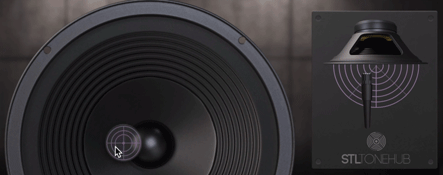
Oftentimes in recording with a tone that’s “not quite there”, the amplifier and instrument are just fine. Changing the microphone’s position, angle, distance (or the microphone itself) is really the kingmaker of recording. ToneHub’s killer tones aren’t just thanks to the amps themselves, but a solid collection meticulously-modeled cabinets, microphones, effects and an EQ. The “3d Cabinet Mixer” lets you control the distance, angle and placement of the microphone with fantastic realism. Record a phrase via DI, put your guitar down, loop it and get to work. Far more often than not, that crucial point of “there, right there” is just an inch or a degree away. Once you’ve found it and save it, it’s yours to keep forever. That was my chief caveat in our review of ToneHub’s little brother – and for that and that alone, makes ToneHub more attractive to those of use who want to tinker.

And though I suspect (and appreciate) that many will bring their own pedals to the fracas, ToneHub has a very solid (and yes, expandable) selection of compressors, boosts, delays, phasers, flangers, FM modulators and god-knows-what-else-erators to please all but the most finicky of players (all of us who have that one friend in a wizardstonerdoom band who’s pedal collection is even heavier than his 1976 Sunn o)))) amplifier… and we accept and love them for who they are… so long as they shower). With their “producer pack” upgrades, additional pedals also become available – not just for the presets themselves, but for building your own Frankenstein recording chain monsters.
So, look. If you haven’t taken ToneHub for a test drive, you really owe it to yourself to download the demo and hear it for yourself. You’ve got a cavernous collection of tones at the end of a 1/4″ cable with an easy-to-navigate UI and unbelievably good emulation.
BUT, WHAT ABOUT JOSH?

Josh Middleton is the person bringing us here today, actually. ToneHub’s been out for a minute but Josh’s new ToneHub pack ($59) is the actual news. First of all, Josh plays and endorses ESP Guitars and as such, I like him by default*. As the guitarist for metalcore / post-hardcore giants Mechanics and the more genre-bending (but thrashy af) Sylosis, Josh has amassed hundreds of gnashing tones to go with his 21st century playing style. Comparing these bands to their forebears like Megadeth is much akin to comparing a Tesla to a Trans Am. The same propulsion is there, but it’s been taken the nth level of technicality in terms of playing and delivery.
(* Watching a Sylosis video, I also noticed Josh is a Cubase Pro user. Good man.)
While many metal guitarists of yore are happy with the “amp slop” of detuned power chords, Josh clearly is not. His playing is far too technical at times to not have a microscopically clear, transient-rich tone. Where Metallica’s Kirk Hammett or Judas Priest’s KK Downing would put six notes, Josh finds room for ten with his freakishly tight and metronomic playing style. What does that mean? It means the amp has to be able to provide excellent definition or all that flying-finger noodle-ry is going to get lost in translation. But at 2:40 into the track you know what time it is… it’s time to drop into the audience-favorite half-time beatdown, and that’s where the amp has got to deliver the djenty detuned goods.
So with all that in mind, Josh’s contribution to the ToneHub universe certainly puts a central focus on amp/cabinet/mic/effect chains that bridge the gap between a metallic roar and clear definition. To be clear, even without Middleton’s additions to the list, ToneHub can definitely speak to this ask. But let’s have a look at how much more metal we can make your ma’s kettle.
THE AMPS
Thirteen different amplifier heads are on offer here, and they read like a “who’s who” of metal recording history. You’ve got high-gain “seventh wonder” selections ranging from Peavey XXX and the EVH 5150 to the coveted Framus Cobra and Diezel VH4. The Marshall JVM and Laney GH100, though not quite as widely used by the djent illuminati, are also in the mix to give you more crayons to color with.
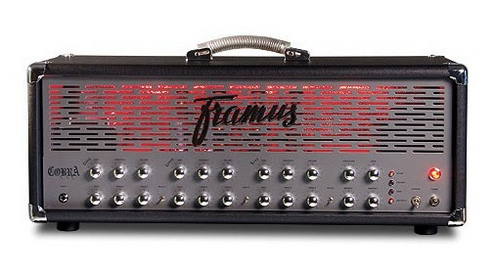
Invoking Josh’s favorite amp collection is most certainly going to be focused on super high-gain applications. If the goal is a nice tweedy, spongy Fender country clean – or an “Oasis” of Beatles-esque VOX AC30 sparkle you’re… well, the “sir, this is a Wendy’s” meme applies. Not to worry, ToneHub already provides those applications right out of the box and they are outstanding. But let’s be sure, you’re standing in the “METAL/PUNK/HARDCORE” section of the local record store right now. If you’re not wearing your Ride The Lightning shirt, shuffle away nervously.

Just the sheer walls of terror these amps are capable of creating make Josh Middleton’s addition to ToneHub likely the last guitar amp-sim the metal crowd could ever possibly need (though I’m sure you’ll no doubt want to try others after using this). The astonishing realism and exacting emulation contained here is nothing short of staggering. Whether you’re more inclined towards the cushier glow of a half dozen ECC83’s or the scalpel-sharp response of a JFET solid state preamp, ToneHub delivers in spades.
THE CABINETS
The good news? You’ve got seven different cabinet models to choose from with the Josh Middleton pack. The even better news? They’re ALL Mesa-Boogie. Correction, there’s a single instance of a Marshall 1960B. No, but in all seriousness, I can appreciate the “if it ain’t broke” mentality of using these legendary boxes. You’ve got a mix of slant and straight cabs in different configurations (closed and open, I should assume), primarily miked by the venerable Shure SM57 with occasional help from a Sennheiser MD421-II. So, if that’s YOUR thing (and who among us hasn’t recorded a guitar amp and only brought a 57 with them?) you’re set. The 57 is the de facto standard for a reason. It just works.
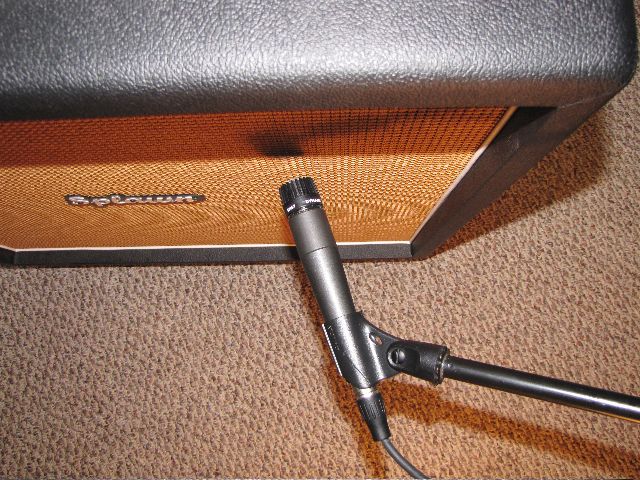
Now, as it is my job here to poke holes where appropriate, adding ambient mics like a Coles 4038, or recording the rumble of the cabinet’s backside with a Neumann FET47 would most certainly add an additional layer of “hot damn!” to this package. But you’re welcome to mix all manner of cabinets and mics from the provided ToneHub stock arsenal if you crave more options. Thing is, these presets sound so good right out of the box, the temptation to tweak it may not even dawn upon you. Having a second mic placement output? Well, now that would be gravy.
The cabinets absolutely roar with clarity, handling the amplifiers’ “everything on 11” ultra high-gain pressure. Woofer excursion and cabinet resonance can be dialed in with the microphone placement easily – getting just a little (for those math-metal, technically mind-blowing passages) or a whole lot (BREAKDOWN! CIRCLE PIT!!!) is a point and click away. If you’re looking to be able to mix the two, you’ll either need to automate the placement or run two separate instances. Worry not, ToneHub is lean enough on most processors that stacking up four copies will likely not push your CPU meter in the red.
THE PRESETS
If you’re just a Preset Peter, you’ve got almost one hundred ready to call into battle. Whether you’re cutting thrash, hardcore, metalcore, mathcore, djent, doom, gothic metal, power metal or… well, am I putting too fine a point on this here? With so much crossover in influences and so much of that every-annoying and pervasive subgenre snobbery, it’s best to just put it this way: If you make metal records, you’re set. Want super bright, cutting tones? We gotcha. Prefer a more growling, girthy low? No worries. Somewhere in-between? Clearly.
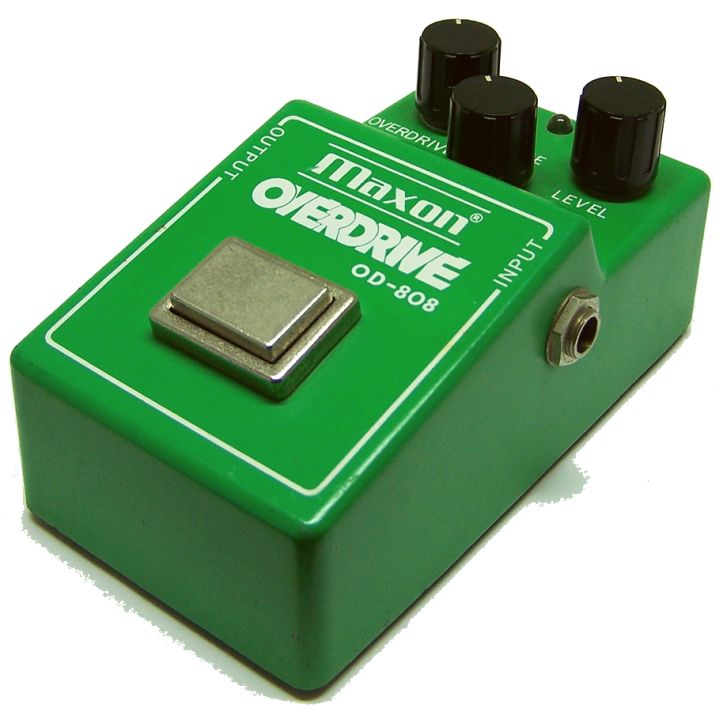
Josh Middleton’s presets also call in a little help from TS-808-styled pedals like the legendary Maxon version of the Tube Screamer, the snarling mid-range sneer of the VFE Focus and the coveted Kartakou Warmer. You can head on over to the pedals tab to add a little more or less of course. Using a TS9 (or any other FET-type) pedal to give the signal pre-amplifier continues to be done to this day, even with modern guitar pickups pumping out enough current to power a toaster.
This does bring up one thing I noticed in use that does bear mentioning. The presets themselves are absolutely enormous. Super huge amounts of value-meal-sized gain are the big constant as you tab through Josh’s collection of tones. Just one guitar track sounds like a tidal wave – and that’s where you’ve got to be careful with tracking. Whether you do a stereo pair or like to really stack them up four-deep – be careful to not track TOO much gain. One guitar on its own, sure. As part of the whole mix? Keep an eye on those gain knobs and OD pedals, pulling them back a little will keep your guitar tracks from becoming a wooly distorted mush in the mix.
THE WHOLE PACKAGE
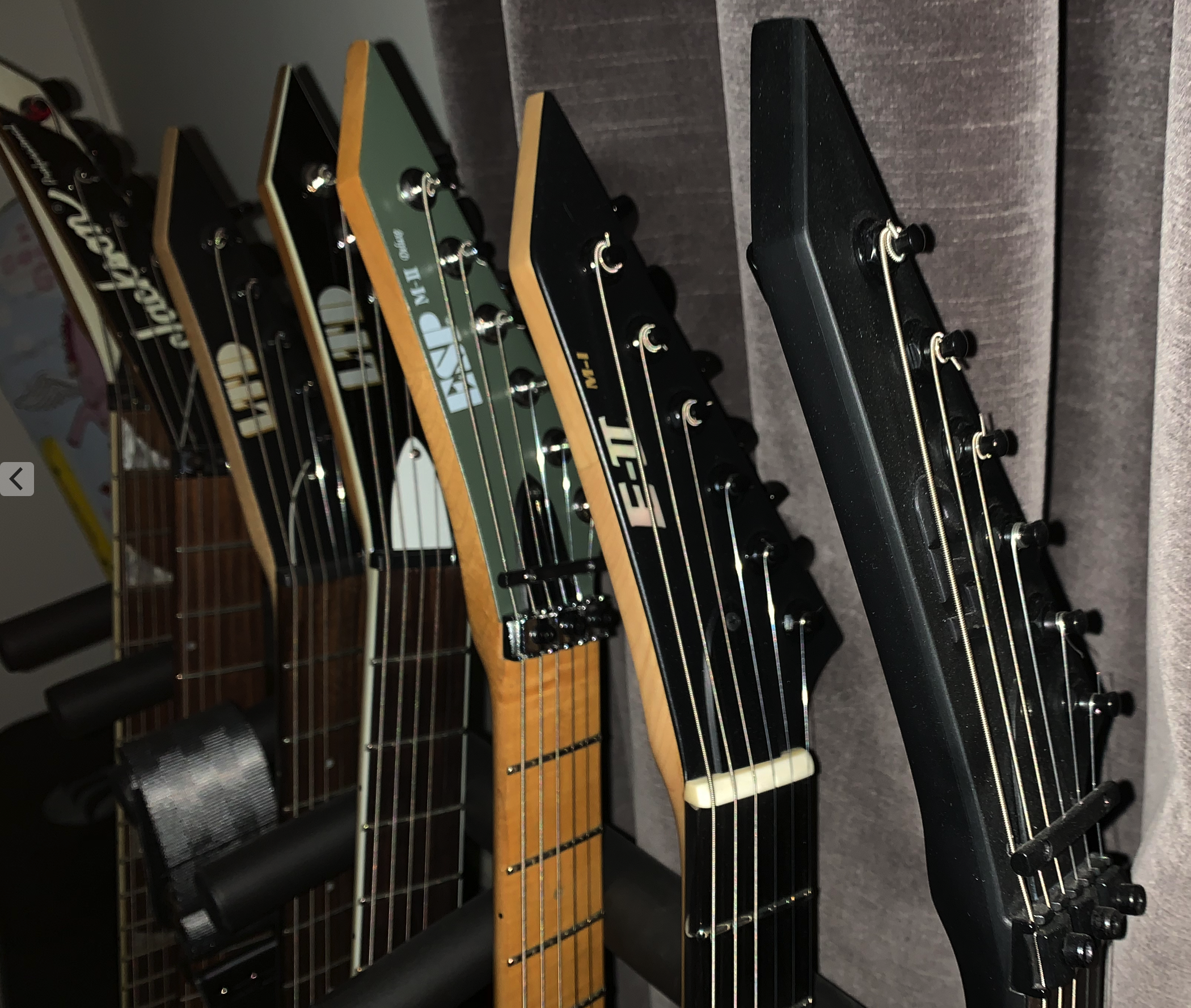
I won’t be running out of praise for ToneHub any time soon – with the add-on packs or not. While we can talk all day about which amp sim package has the best this or the most of those – none of it means diddly-squat if the software itself doesn’t sound great. There is certainly competition in the space, even in the myopic world of metal-focused tones. I’ve heard plenty of winners (and losers) and I assure you, ToneHub beats them all with one hand tied behind its back.
The clarity, the quality, the usability and options, the ability to modify, tweak and customize… virtually every last way to win the day has been won. Forget about other plugins and other amp simulators for a minute here – because I would challenge even the most die-hard of all-tube-amp purists to try ToneHub in their next recording session and tell me that this package isn’t one of the most incredible sounding guitar tones they’ve ever plugged into.
STLTones’ additional content like the Josh Middleton pack reviewed here add even more artillery to ToneHub’s vast arsenal. Whether it’s a traditionally-tuned six-slinger or one of those extended-scale, ten-string monsters, if you want the complete amp modeling rig that makes your guitar breathe fire? You’ve found it.
The Josh Middleton (and others) "packs" give you endless options.
Exacting control of just about any parameter you could ever need.
Multiple mics and outputs would be a nice touch going forward.
Wow, no... can't think up a third one.








